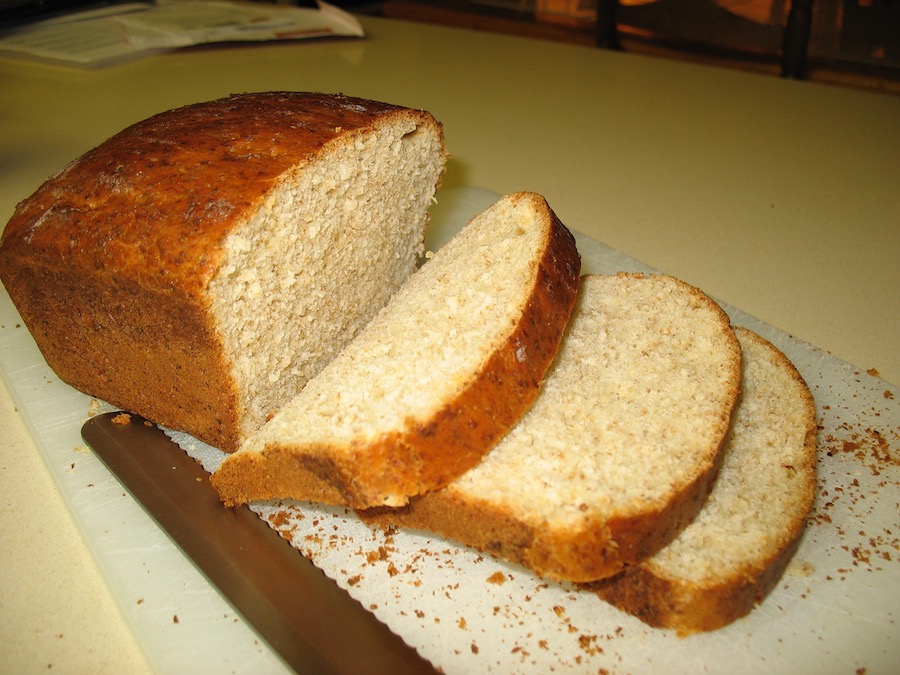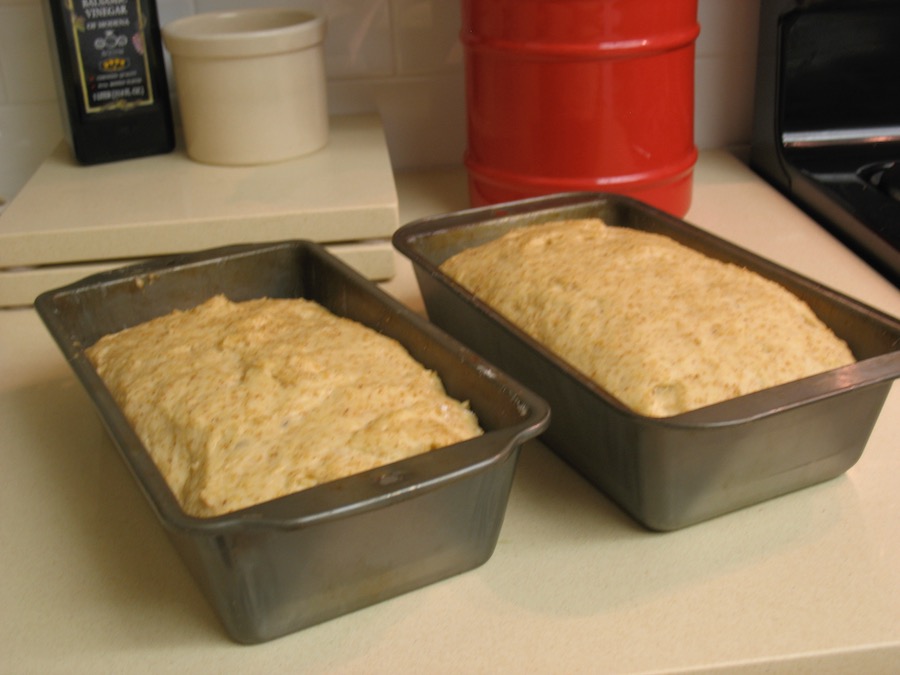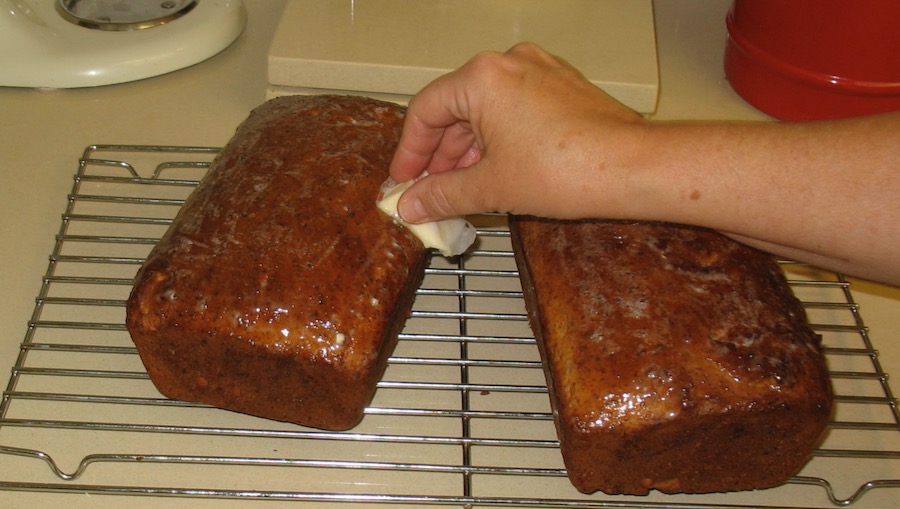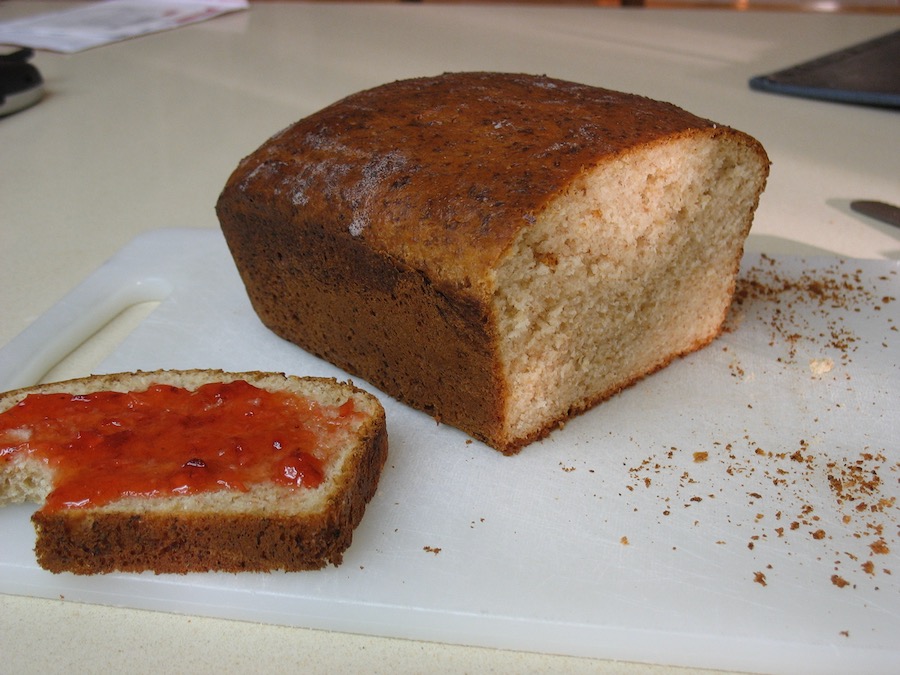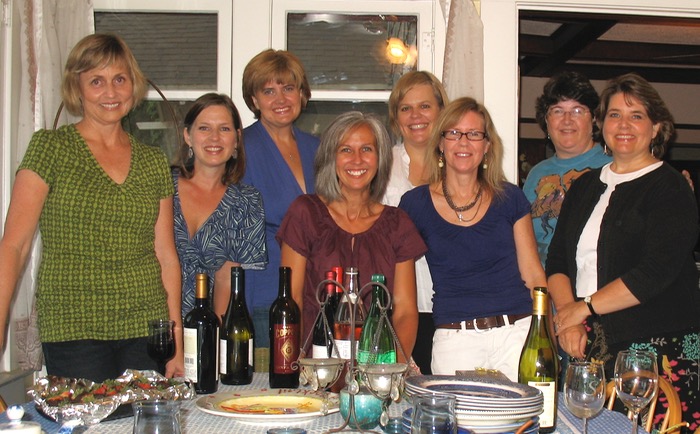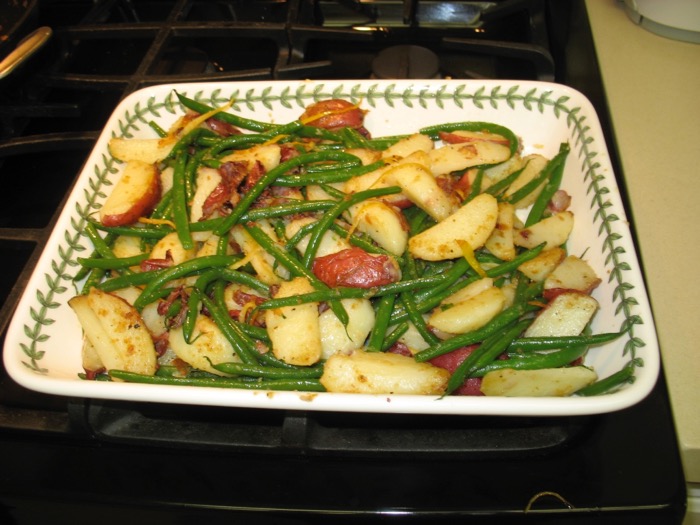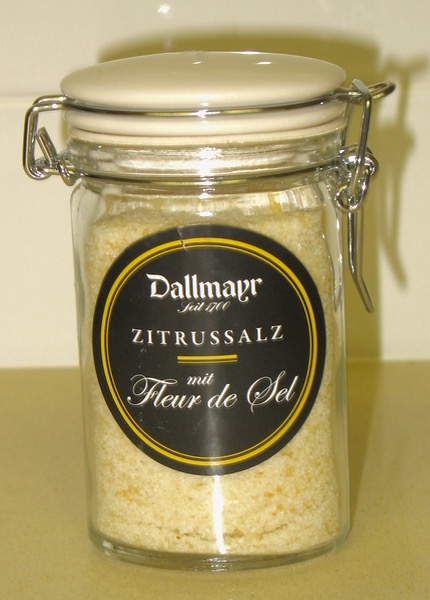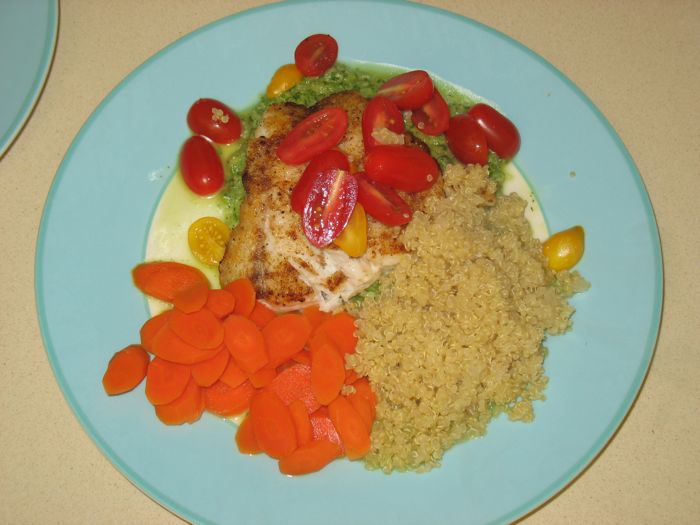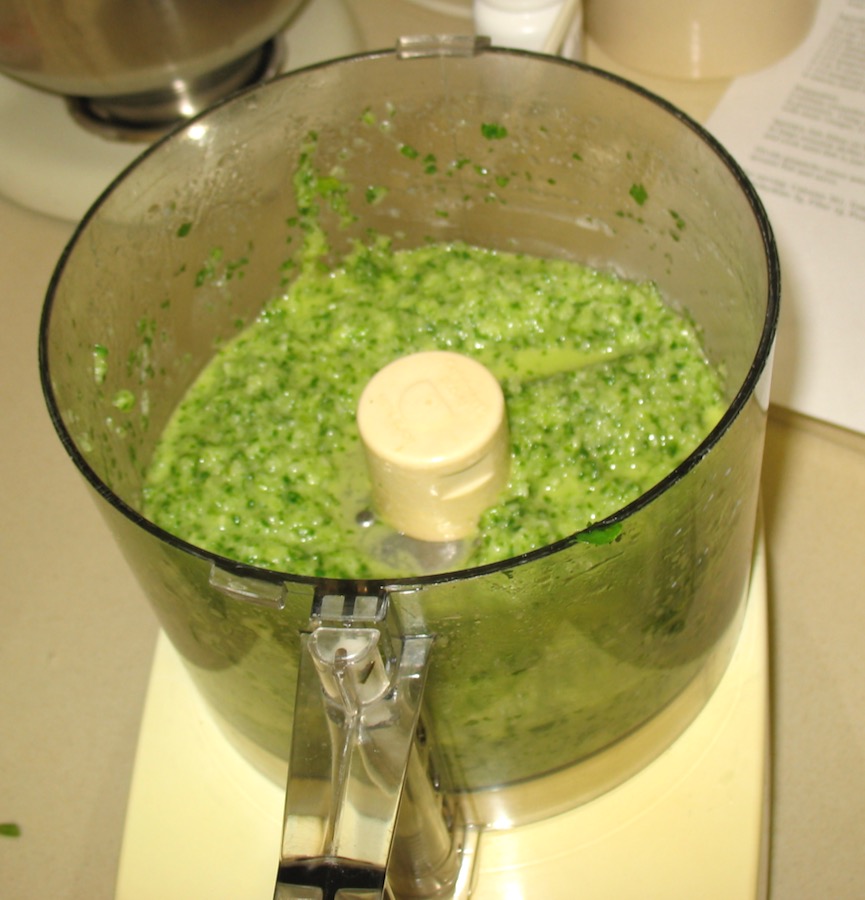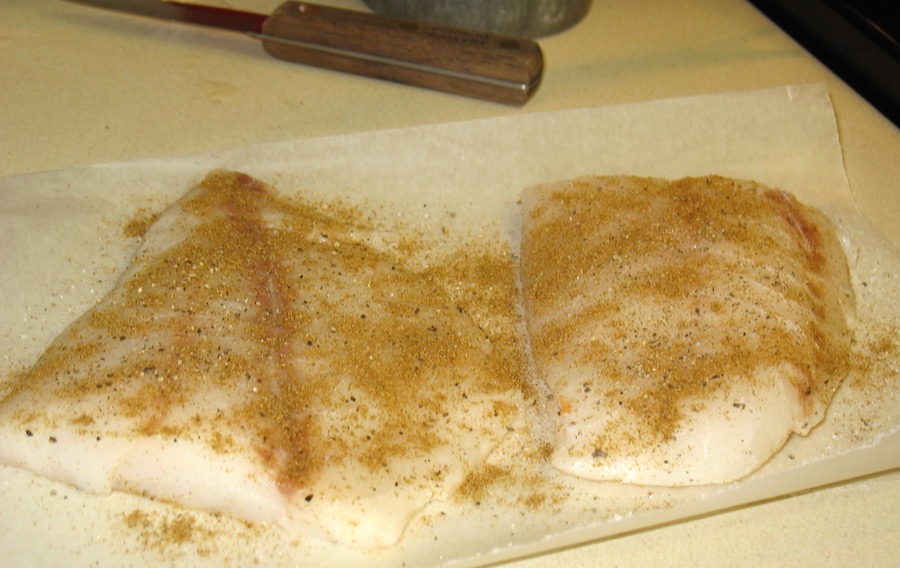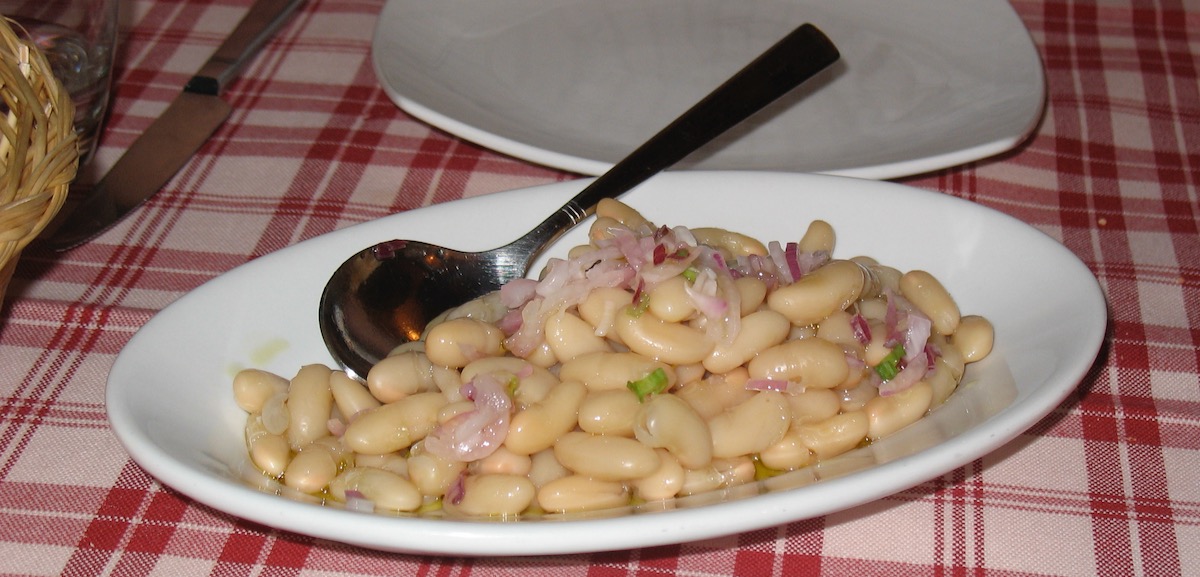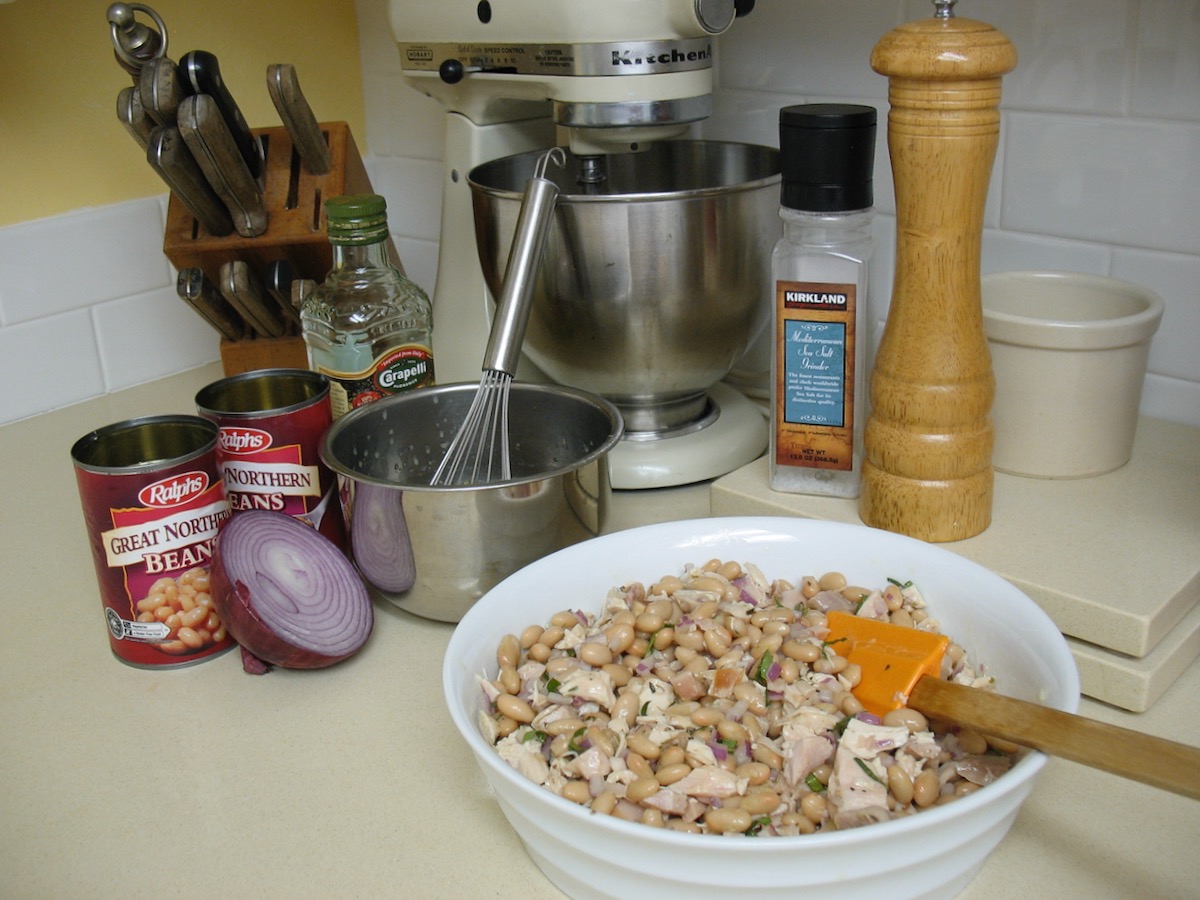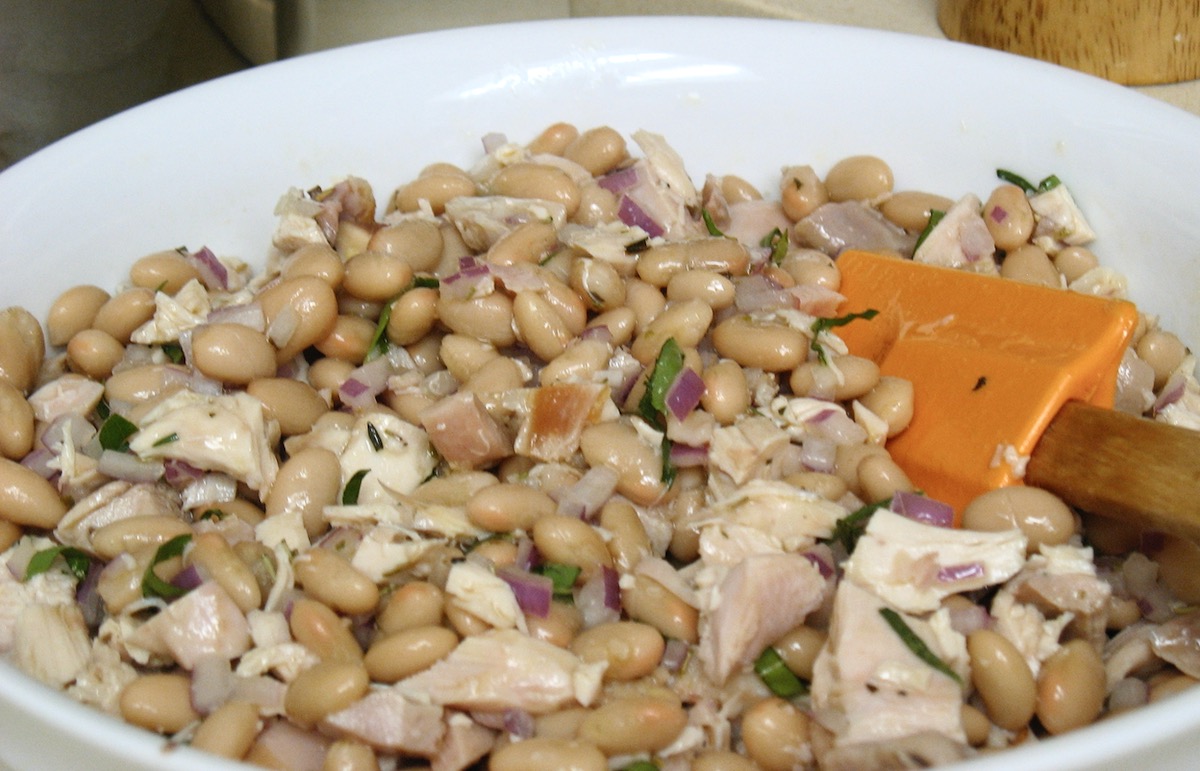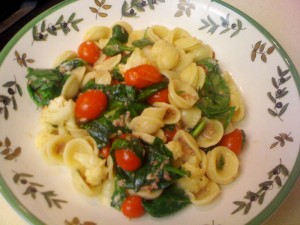 I had originally cooked up this recipe (from Simply Recipes) with bacon, so had written it up the way I cooked it. I have to admit we were underwhelmed by this recipe, but did like it. Just before I left on my trip to Florence, Italy I was cleaning out the fridge and saw a head of cauliflower. Now that I knew I could, I did–I roasted it and threw it in the freezer.
I had originally cooked up this recipe (from Simply Recipes) with bacon, so had written it up the way I cooked it. I have to admit we were underwhelmed by this recipe, but did like it. Just before I left on my trip to Florence, Italy I was cleaning out the fridge and saw a head of cauliflower. Now that I knew I could, I did–I roasted it and threw it in the freezer.
Fast forward to last night, when I was tired, the fridge is too full of stuff and I need a meal. I had picked up some prosciutto (which I didn’t have before) and decided to give this another go. Wow. What a difference. The only changes I made were to roast the defrosted (already roasted) cauliflower for only 10 minutes, along with the tomatoes (using the sweet sugar cherry toms that I had) and to change out the pasta for a similar shaped type. I chopped the prosciutto with the garlic and fresh sage from my garden (the only thing that seems to have survived this heat!), mixed it in when the recipe said. My husband loved it, and so did I.
This picture is from try Take Three, this time with the spinach added in. Manna.
Pasta with Roasted Cauliflower and Prosciutto
Ingredients
1/2 medium cauliflower, cored and broken up into 3/4-inch florets (4+ cups)
1 pint cherry tomatoes
Olive oil
Salt
Freshly ground black pepper
1 and 1/2 teaspoons dried sage
4 large cloves garlic
4 ounces of prosciutto
8 ounces orecchiette pasta
5 ounces baby arugula or spinach, cleaned and coarsely chopped
1 cup grated Parmesan cheese
Method
1 Preheat oven to 425°F. Lay out cauliflower and tomatoes in a roasting pan, coat with olive oil and sprinkle with salt and pepper. Roast until just lightly browned and cooked through, about 15 minutes.
2 Bring a large pot of salted water to a boil (1 teaspoon salt for every quart of water).
3 While water is heating, pulse garlic, sage, and prosciutto together in a food processor until coarsely chopped. Once cauliflower has browned lightly, remove from oven, toss cauliflower with garlic prosciutto mixture, and return to oven to cook for 5-7 minutes more.
4 Boil pasta uncovered (rolling boil) for 9-10 minutes until firm, but done (al dente). Reserve one cup of pasta liquid. Drain water from pot. Add cauliflower, arugula (or spinach), and Parmesan to the pasta. Stir in enough cooking water to moisten (I added about 1/2 cup). Add salt and pepper to taste.
Serves 4.
